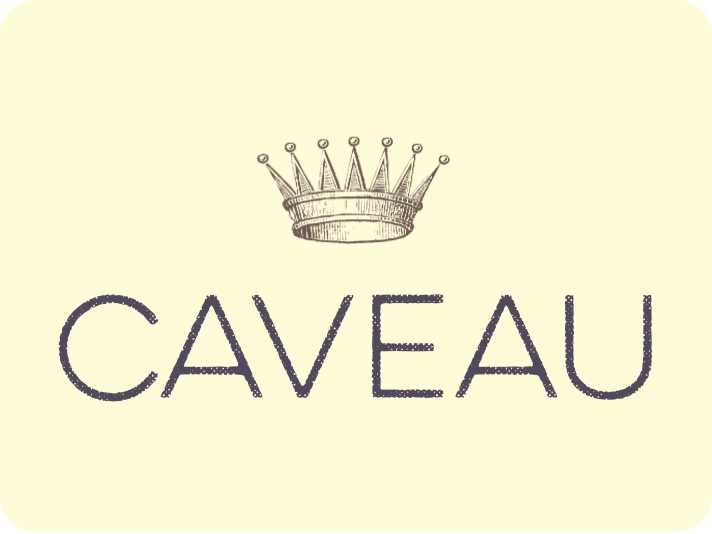Thierry Forget is the fourth generation of his family to head this grower estate in the village of Ludes, having taken over from his father Edmond in 1991. As with many growers, estate-bottling has been a relatively recent occurrence here: Forget’s great-grandfather sold all of his grapes, while his grandfather Paul, who excavated the family’s cellars in the late 1940s, bottled about 30 percent of his harvest under the label Forget-Bérèche, selling off the rest. Edmond Forget married Denise Chemin and created the Forget-Chemin label in the late 1960s, and eventually increased his proportion of estate-bottled champagne to about 70 percent of the total harvest. Today, Thierry Forget sells just one hectare’s worth of grapes, reserving the rest of his vineyard area for the estate’s production.
Forget’s 12.5 hectares of vines are divided between 60 parcels, located not only in Ludes and the nearby communes of Mailly-Champagne, Verzenay and Taissy, but also in Treslon and Faverolles et Coerny in the Vallée de l’Ardre, Pévy in the Massif de St-Thierry and Verneuil, Vandières and Port-à-Binson in the Vallée de la Marne. While the distances involved might seem to create complications for a small grower-estate, Forget cites two advantages of having vines in so many different areas: first, it restricts the damage from localized hailstorms and other vagaries of climate; and second, it allows him to better optimize his picking at harvest, since different sectors ripen at different times.
Meunier makes up the majority of Forget’s plantings, at nearly 70 percent, but he sells a portion of this to the négoce each year. Pinot noir accounts for 17 percent, and chardonnay for 14 percent of the total vineyard area. Forget focuses heavily on viticulture, and credits the Club Trésors de Champagne, which the estate has been a member of since 1973, with being particularly helpful in the exchange of ideas and techniques related to vineyard work. “The goal of the Club is to have everyone share their ideas and discuss them together,” he says. Vineyard work is lutte raisonnée, plowing between rows where appropriate and eschewing pesticides and chemical fertilizers. While Forget seeks to work as organically as possible, he is not interested in pursuing certification, as he reserves the right to treat synthetically as a last resort, particularly against mildew, if he feels that that is indeed the best course of action for the vines. “Organic farming and biodynamics are very interesting to me, but I am too scientifically-oriented to be bound to them,” he says.
In the cellar, the grapes are pressed with a pneumatic press, and fermentation is in thermoregulated, stainless-steel tanks. “I don’t use any wood,” says Forget, “because I want a vessel that doesn’t impart anything external to the wine.” However, he is open to experimentation, and he may do trials with oak in the future, “just to see,” he says. The malolactic is always carried out for all of the wines.
Forget relies heavily on reserve wines for his non-vintage brut, and in fact, his Carte Blanche typically contains a majority of reserve wine, with as little as 30 percent of it coming from the most recent harvest. Forget stores his reserve wines in enameled-steel tanks, and he keeps reserves from every harvest, currently including all years back to 2000. In addition, he keeps some of his non-vintage blend in tank, in both filtered and unfiltered versions, for use as reserves.


